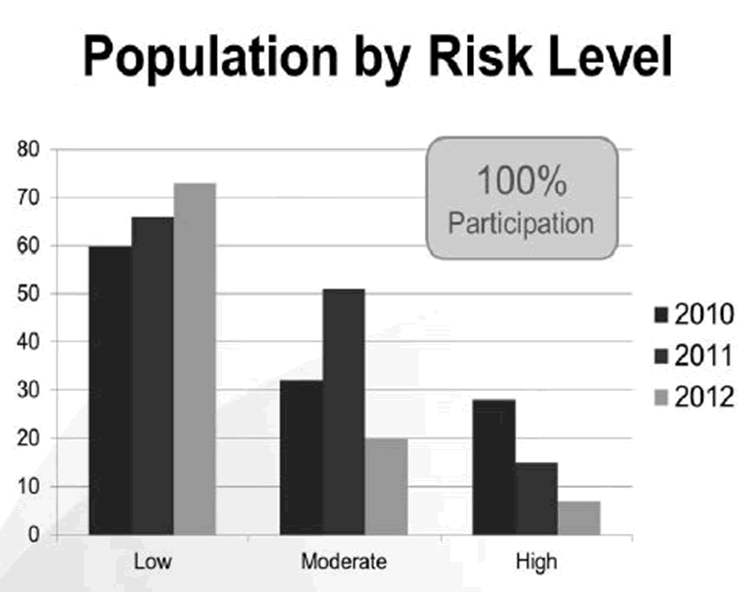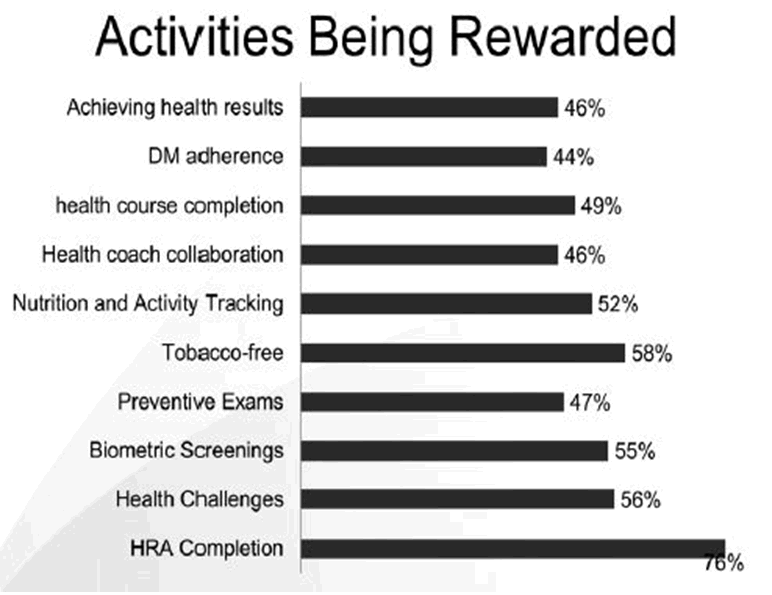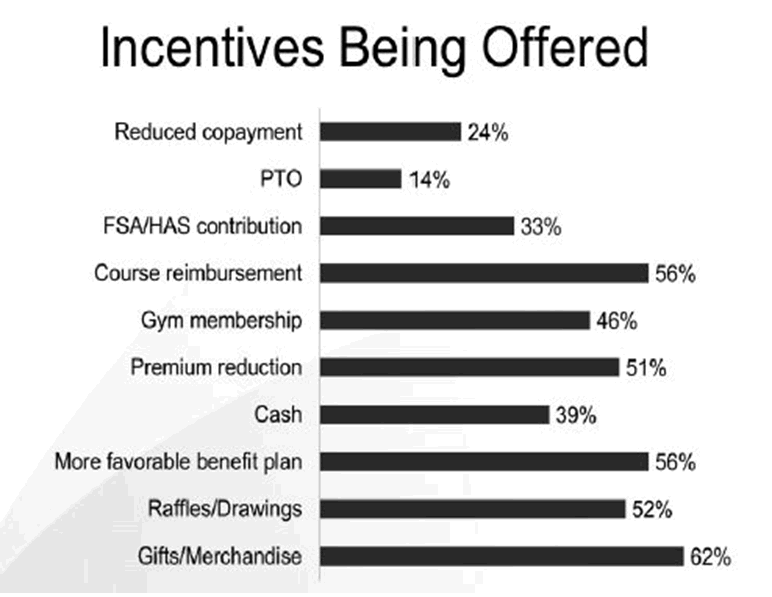What is VBBD? It’s about taking a comprehensive approach to helping employees to be healthier—and helping the company to save money. McCormick, a consultant with Fallon Benefits Group in Atlanta, made her remarks at BLR’s Advanced Employment Issues Symposium, held recently in Las Vegas.
What Are the Keys to VBBD?
McCormick offers the following necessary components for a successful VBBD:
- Accountable, engaged patient. Participants (employees and dependents) must be ready to take responsibility for their own health.
- Removal of barriers to appropriate care. Participants fail to seek care for many reasons, and if those reasons can be eliminated, more will seek care. This might, for example, mean eliminating copays, or otherwise changing coverage.
- Alignment of incentives. To the extent possible, saysMcCormick, align incentives between stakeholders:
- Patients
- Providers
- Payers
- Comprehensive communication strategy. Communication is much more important than most employers realize, says McCormick. Employees will make wrong assumptions if you are not very clear about what is happening. Keep preaching, “We don’t see the data.” Otherwise, you’ll hear employees saying:
- “I don’t like the employer pulling my strings.”
- “I don’t trust them to keep it confidential.”
McCormick tip: Keep employer branding off the documents.
- Data availability. VBBD programs are designed based on data about demographics, biometric measures, and so on. The VBBD plan addresses the specific problems found in the particular group of employees and dependents.
Compensation.BLR.com, now thoroughly revved with easier navigation and more complete compensation information, will tell you what’s being paid right in your state–or even metropolitan area–for hundreds of jobs. Try it at no cost and get a complimentary special report. Read more.
VBBD programs may include:
Individual Health Competency
Individuals are motivated through cash equivalents or premium differentials with programs such as:
- Health risk assessments
- Biometric testing
- Health fairs
- Wellness program participation
- Tobacco cessation
- Stress management
Condition Management
In addition, programs target particular conditions that are expensive. Participants are incented through copay/coinsurance differentials or cash equivalents. Programs stress:
- Adherence to chronic condition medications
- Adherence to evidence-based guidelines
- Participation in a disease management program
Provider Selection
Provider selection is also an important component, says McCormick. Participants are motivated through copayment or coinsurance differentials for:
- Utilization of a retail clinic vs. an emergency room.
- Care through a “center of excellence.”
- Use of a Tier One high-quality physician.
One way to look at VBBD is that you try to manage the most expensive conditions to bring them down out of the most expensive category, and keep the healthy people healthy so they don’t move into that expensive category. Here’s a chart that shows the results that one client had:

As the chart readily illustrates, this company significantly reduced the number of participants in the high-risk (and very high expense) group.
What Activities Are Rewarded?
Here’s a chart that shows the percentages of companies in a recent survey that are rewarding the indicated activities.

What Types of Incentives Are Offered?
McCormick offers the chart below to indicate which incentives are offered.

Other incentives McCormick has seen offered include time off, prime parking spaces, and free lunches.
Try BLR’s all-in-one compensation website, Compensation.BLR.com®, and get a complimentary special report, Top 100 FLSA Overtime Q&As, no matter what you decide. Find out more.
Don’t Ignore Dependents
Many companies don’t provide incentives for spouses and other dependents, says McCormick. That doesn’t make sense, she says, because that’s where a lot of your expense is.
In tomorrow’s Advisor, a VBBD case study, plus an introduction to the all-things-comp-in-one-place website, Compensation.BLR.com®.

That’s a great tip about leaving your branding off the materials. Emblazoning your logos, etc., could make you seem like Big Brother to employers.